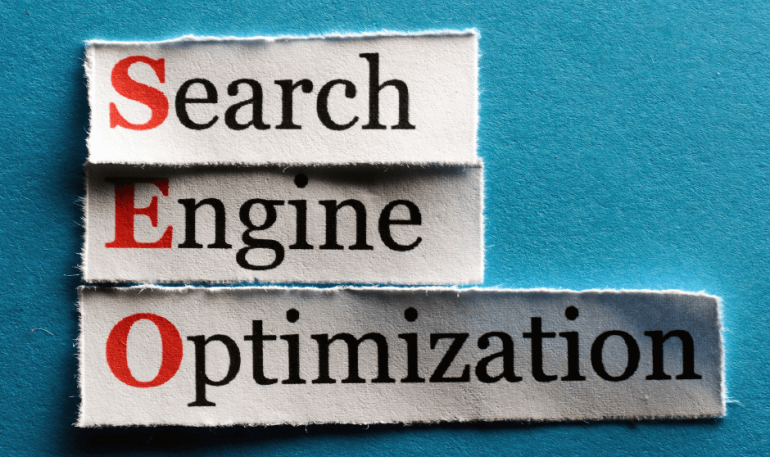The Impact of Mobile Optimization on Local SEO: What You Need to Know

Understanding the intricate dance between mobile optimization and local SEO is no longer a choice but a necessity.
Enter the realm of mobile optimization and local SEO – a dynamic duo shaping the way businesses connect with their local audience. As we delve into the impact of mobile optimization on local SEO, a tapestry of insights unravels before us, revealing the intricate threads that weave together to boost a business’s online visibility. So, buckle up as we embark on a journey through the digital landscape, decoding the symbiotic relationship between mobile-friendliness and conquering the realm of local SEO. This blog post is your compass, your guiding light, illuminating what you need to know to stay ahead in the ever-evolving realm of local SEO.
Understanding Mobile Optimization and Local SEO
Before we dive into the impact of mobile optimization on local SEO, let’s first understand what these terms mean. Mobile optimization refers to the process of ensuring that a website is designed and optimized for optimal performance on mobile devices, such as smartphones and tablets. This includes factors like responsive design, fast loading times, and user-friendly navigation.
On the other hand, local SEO focuses on improving a business’s visibility in local search results. It involves optimizing a website and its online presence to attract more local customers. This includes strategies like optimizing Google My Business listings, getting positive customer reviews, and targeting location-specific keywords.
Now that we have a basic understanding of these concepts, let’s explore how mobile optimization can impact local SEO.
Importance of Mobile-Friendliness in Local Search Rankings
In today’s mobile-dominated world, having a mobile-friendly website is crucial for businesses looking to rank well in local search results. Google has made it clear that mobile-friendliness is one of the key ranking factors for websites. In fact, they have even introduced mobile-first indexing, which means that Google primarily uses the mobile version of a website for indexing and ranking purposes.
When it comes to local SEO, having a mobile-friendly website becomes even more important. Studies have shown that a significant percentage of local searches are performed on mobile devices. If your website is not optimized for mobile users, you could be missing out on valuable traffic and potential customers.
A mobile-friendly website not only improves user experience but also increases the chances of visitors staying longer on your site and engaging with your content. This can ultimately lead to higher conversion rates and more business from local customers.
Key Factors for Mobile Optimization in Local SEO
To effectively optimize your website for mobile users and improve your local SEO performance, there are several key factors to consider:
1. Responsive Design: Ensure that your website is built using responsive design principles, which means that it automatically adjusts its layout and content based on the user’s device screen size. This ensures a seamless user experience across different devices.
2. Mobile Page Load Speed: Mobile users expect fast-loading websites. Optimize your site’s load speed by minimizing file sizes, leveraging browser caching, and using a content delivery network (CDN) to deliver your site’s assets quickly.
3. User-Friendly Navigation: Make it easy for mobile users to navigate your website by using clear menus, intuitive icons, and easily clickable buttons. Avoid complex dropdown menus or tiny links that are difficult to tap on small screens.
4. Local Content Optimization: Optimize your website’s content for local keywords and phrases that are relevant to your business and target audience. This includes incorporating location-specific keywords in your page titles, headings, meta descriptions, and throughout the body of your content.
Impact of Mobile Page Load Speed on Local SEO Performance
The speed at which your website loads on mobile devices can have a significant impact on its local SEO performance. Slow-loading websites not only frustrate users but also tend to have higher bounce rates and lower conversion rates.
Google considers page load speed as one of the ranking factors for both desktop and mobile search results. Therefore, optimizing your website’s load speed is crucial for improving its visibility in local search rankings.
To improve mobile page load speed:
– Compress images without compromising quality
– Minify CSS and JavaScript files
– Enable browser caching
– Use a CDN (Content Delivery Network)
By implementing these optimizations, you can ensure that your website loads quickly on mobile devices, providing a positive user experience and boosting your local SEO performance.
Conclusion: Mastering Mobile Optimization for Enhanced Local SEO Performance
In conclusion, mobile optimization plays a vital role in improving a business’s local SEO performance. With the increasing number of mobile users and the growing importance of local search, businesses cannot afford to ignore the impact of mobile-friendliness on their online visibility.
By understanding the key factors for mobile optimization in local SEO and implementing best practices like responsive design, fast page load speed, user-friendly navigation, and local content optimization, businesses can enhance their chances of ranking well in local search results and attracting more local customers.
So, take the necessary steps to optimize your website for mobile users and stay ahead in the ever-evolving realm of local SEO. Your business’s success in the digital landscape depends on it.



